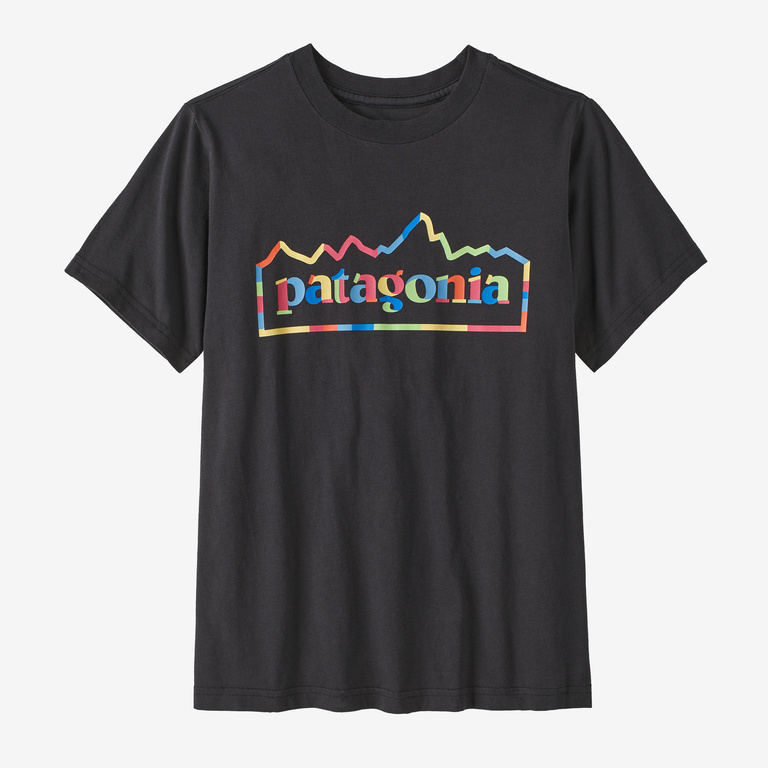How Technology Enables Sustainable Fashion
People don’t always consider the environmental impact of what they wear. However, the fashion industry has a deserved reputation for harming the planet. The need for more sustainable attire is significant, from overconsumption of water resources during production to textile waste.
Fortunately, fashion is turning the corner as the latest technological developments help make sustainable attire attainable. Here is an overview of the environmental impact of clothing and a few notable innovations bringing about change.
The Fashion Industry’s Environmental Impact
Reports suggest fashion production will triple by 2050, with fast fashion increasing nine-fold over 50 years. However, cheaply manufactured materials mean more textile consumption, emissions, and waste. Today, global fashion accounts for 3%–8% of greenhouse gas emissions, while experts anticipate a 30% increase by 2030 without environmentally-centered changes.
Eighty-five percent of apparel fabrics are polyester and cotton, which significantly utilize water resources and leech harmful chemicals into the environment. For instance, polyester is produced with crude oil, while chemical dyes may infiltrate groundwater. Likewise, a cotton t-shirt requires 2,700 liters of water during production — enough for one person for 900 days.
The fashion industry also contributes to overflowing landfills, with the average American producing 82 pounds of textile waste annually. Of the 14 million metric tons of clothing waste generated in 2018, consumers recycled only 2.5 million metric tons.
5 Innovations Boosting Sustainable Fashion
Cutting-edge technology is revolutionizing materials, manufacturing, and distribution in the fashion world. Thanks to alternative fabrics, artificial intelligence (AI), and circular economies, shoppers can now make more informed purchasing decisions aligned with their ecological values. Here are five ways today’s innovations are creating more sustainable styles.
3D Design and Sampling
Developing new apparel can take weeks or months, including reviewing product samples and shipping them for revision and approval. With 3D design and sampling, designers can significantly reduce lead times, transport emissions, and costs.
Timberland is among the most notable brands that utilized the technology for the 2019 Madbury sneaker. With short notice and little time to ship physical samples, the team turned to 3D design and sampling to fast-track manufacturing and distribution.
Other brands are swiftly transforming their sampling and design processes. For example, Hugo Boss has committed to digitizing about 90% of its products by 2025.
Eco-Friendly Materials
The apparel industry has turned its attention to alternative fabrics with less environmental impact, including recyclable, reusable, and regenerative materials. For instance, some textile fibers derive from natural agricultural waste, such as biodegradable corn-based polyester.
Bamboo and hemp are also more sustainable than cotton. Brands like Stella McCarthy, Adidas, and Lululemon have also sold products made from Mylo — a leather alternative created from fungi roots called mycelium.
AI Processes
Like other industries, the fashion world is automating processes and operations with AI. The rise of e-commerce has driven the change in recent years, as consumers demand a more personalized online shopping experience.
The supply chain has especially relied on AI in monitoring inventory and predicting prospective sales, which can be off by 35%–50% or higher in some instances. AI-based relationship-building with customers — like personalized product recommendations based on previous searches and purchases — also fosters loyalty and increases conversion rates.
Virtual Fitting Experiences
One of the caveats of online shopping is the inability to try on clothes before purchasing. Fortunately, the latest technology enables virtual fitting experiences using body scanning and extensive data points to create a 3D image. The consumer can then get an accurate idea of how they’ll look in an outfit.
Virtual fitting relies on AI and augmented reality to integrate digital surroundings into the real world. Consumers can tap into this technology through a smartphone or tablet.
Circular Fashion
The fashion industry is shifting towards a circular economy by recycling and reselling materials as new garments. For instance, brands like Patagonia, Mud Jean, and H&M allow customers to send in used clothing for reuse.
According to one study, 50% of textile leftovers and waste can be upcycled in new apparel, sometimes up to 80%. Advanced recycling technology used to sort and break down materials helps close the loop.
A Fashionable Foot Forward With Technology
The future of fashion is eco-friendly. As technology advances in the industry, it will fundamentally transform how the world produces, purchases, and disposes of clothing and accessories. The question is, will more fashion brands and shoppers be a part of the change?
